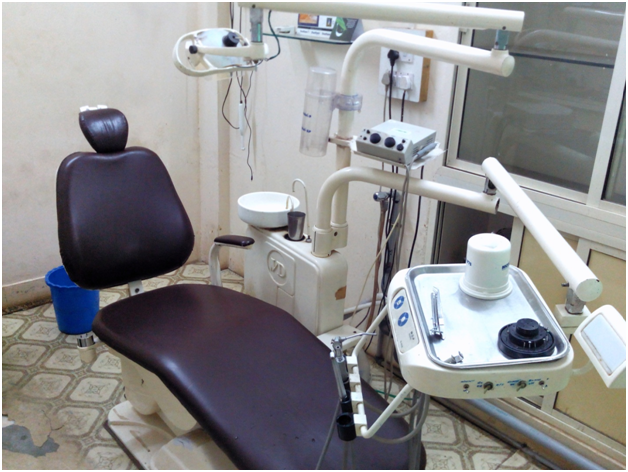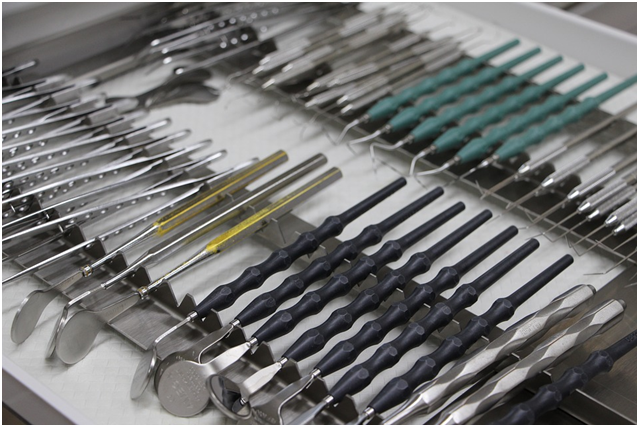Equipment forms a large part of the dental examination and hygiene experience. Here are a few tools commonly used by your dentist to look after your oral health and ensure a smooth visit.

Investigative tools
A dental mirror allows your dentist to get a better initial view inside your mouth by examining your teeth and gums from different angles. A dental probe, of which there are several, can further examine certain areas; for example, a periodontal probe usually has a long, thin end to assess the depth of pockets around the teeth and overall gum health.
X-rays are sometimes required to ascertain information that cannot be seen by the eye, including problems with bones, tooth structure and early signs of decay.
A mold – where a soft material is placed in the mouth for you to bite on – provides a dental impression. Not only can this be used to detect problems but also helps when constructing braces, caps, mouthguards and crowns to ensure a suitable fit.

Numbing the mouth
A syringe will be used when air and water are needed to rinse and dry the mouth. It is also a means of administering local anesthetic to numb the area that requires treatment, such as a filling, to avoid pain and discomfort.
Procedural tools
Although the sound of the dental drill can be off-putting, it is incredibly apt at removing decay from a tooth prior to placing a filling. If the decay is soft, it may be possible for a spoon excavator to be used instead. During procedures, it is important to remove extraneous bits and also saliva, which can be done with a suction device.
Dental equipment supplies from specialists such as Photo Surgical Systems are vital to every dentist. Current technological advances are paving the way for 3D printing to potentially take over when it comes to the production of orthodontic and dental applications, such as mouthguards.
Finishing touches
Scalers are used by dentists and hygienists to remove plaque from teeth and calculus from around the gums, while a curette can carefully remove calculus that has formed below the line of the gum. If you have had a procedure, such as a crown, a burnisher may be used to remove any scratches and to polish your teeth and ensure a glowing finish.



